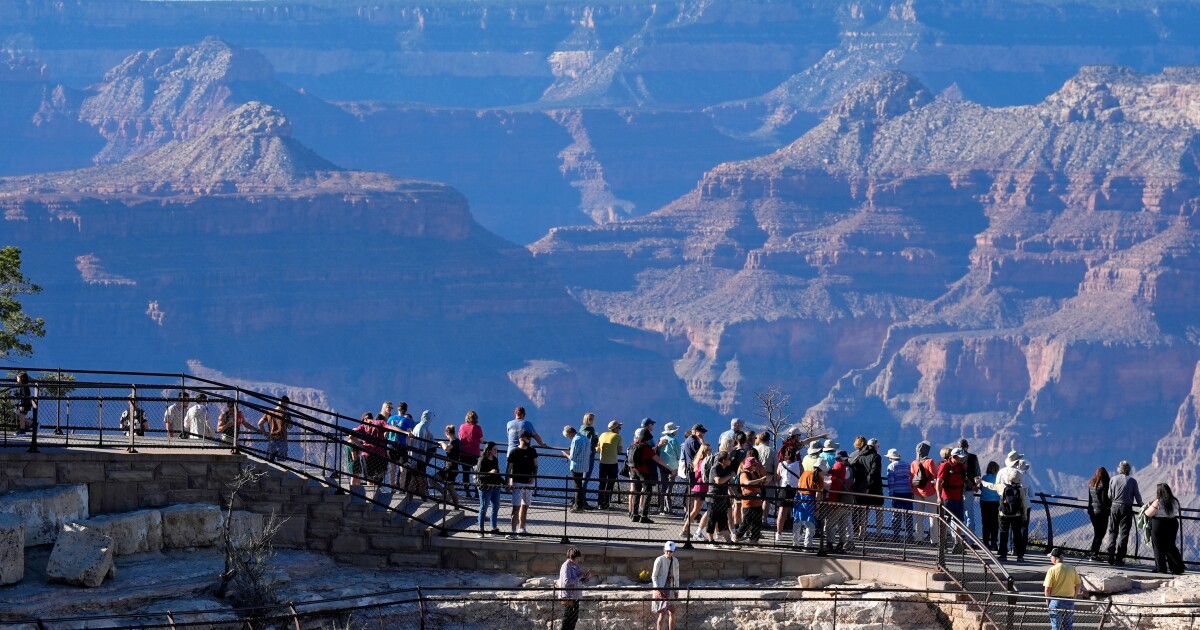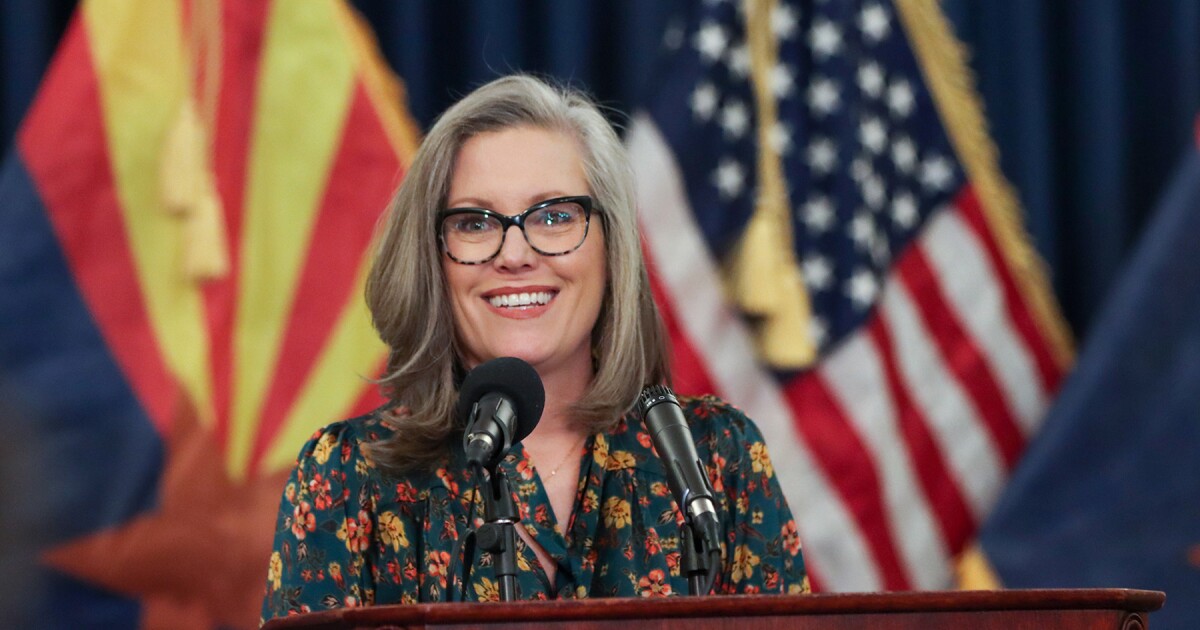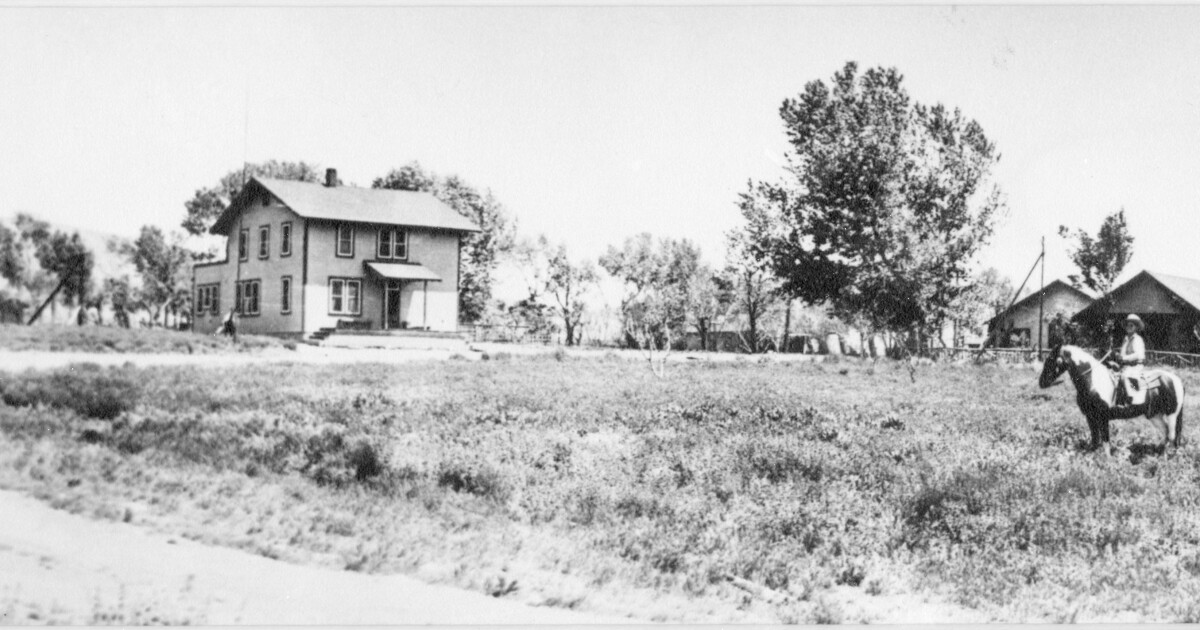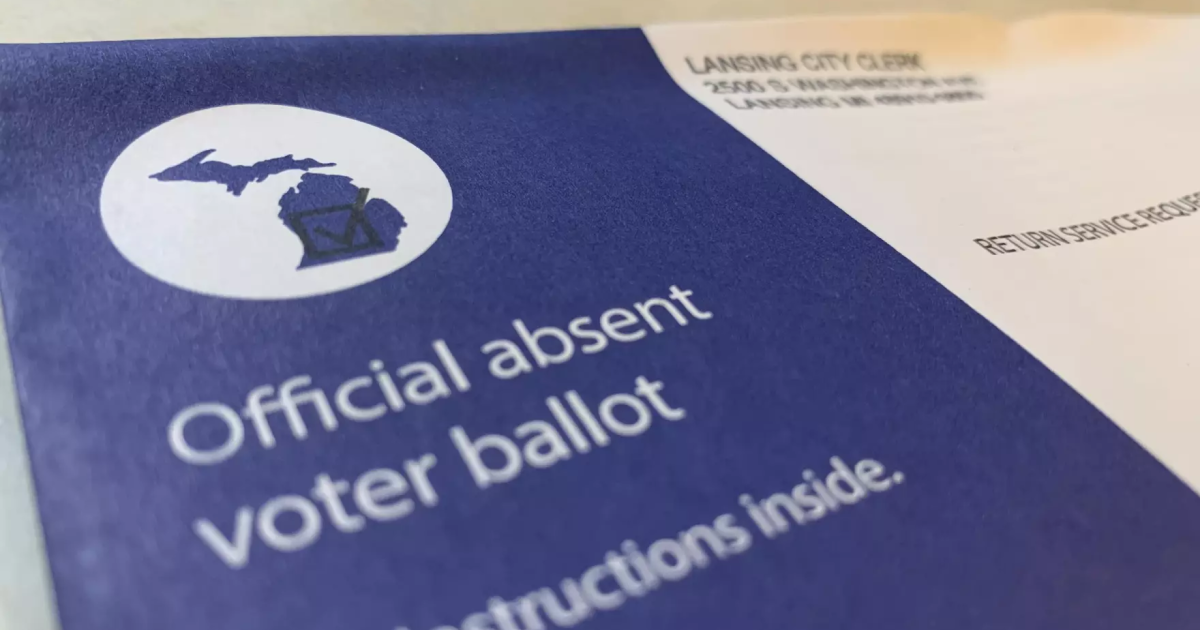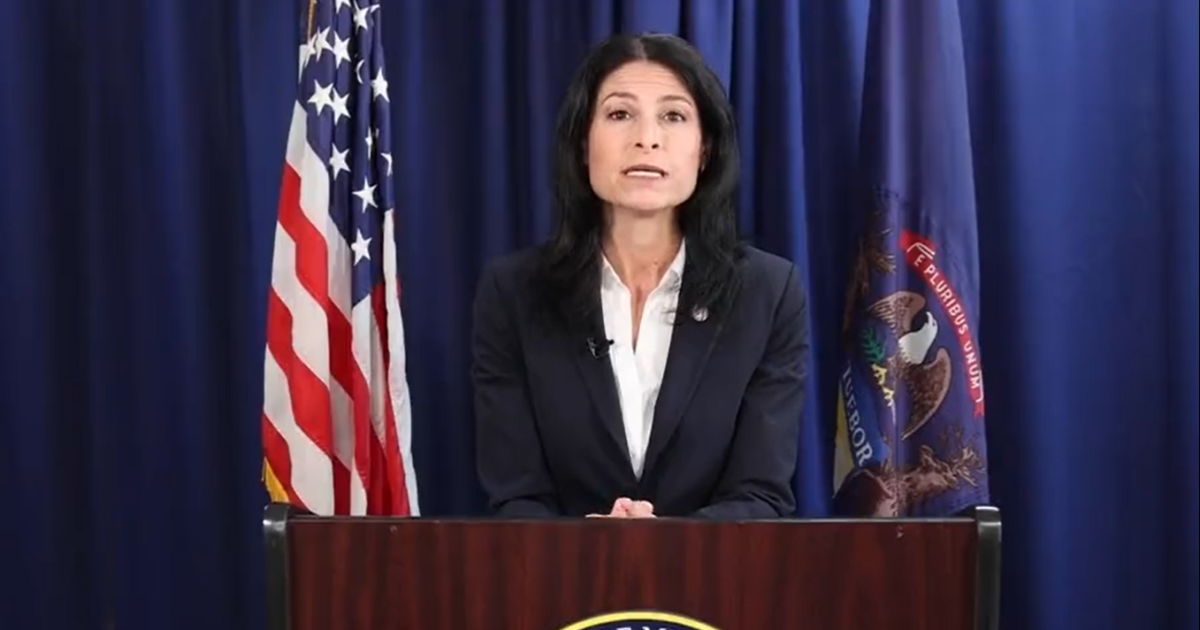Amid the arid landscapes of far western Arizona, the Colorado River carves a lush path through the desert, a lifeline that has nurtured the Colorado River Indian Tribes (CRIT) for generations. This vital water source, born from Rocky Mountain snowmelt, flows through Parker, Arizona, where it sustains both the land and the cultural heritage of the CRIT community.
“It’s our lifeblood,” expressed Dillon Esquerra, a tribal member and the water resources director. “It’s who we are. It’s part of our identity.” The river’s significance extends beyond its physical presence, embodying the spiritual and cultural essence of the tribes that have relied on it for centuries. Esquerra emphasized the river’s role in nurturing the community and the responsibility to safeguard it.
CRIT is pioneering efforts to grant the Colorado River legal personhood, aiming to legally protect it in a way never done before. This initiative aligns with the global “rights of nature” movement, a response to climate change and resource depletion that emphasizes the importance of protecting natural elements as living entities.
The Cultural Ties to the River
Historically, the CRIT community has maintained a profound connection with the river, integral to their identity and existence. The Mohave, one of the ethnic groups within CRIT, self-identify as “people along the river,” reflecting their intrinsic bond with the waterway.
The CRIT reservation, a modern creation by the U.S. government, unites different ethnic groups, including the Mohave, Chemehuevi, Hopi, and Navajo. Despite their diverse origins, these groups share a reverence for the Colorado River, especially those residing on the reservation’s riverside.

Anisa Patch, a tribal council member, highlighted the cultural and spiritual significance of the river, passed down through generations. “We’re supposed to be the stewards of these gifts from our creator,” she explained, emphasizing the push for personhood status as a means to preserve these values legally and symbolically.
The Legal and Practical Implications
CRIT’s initiative to declare the Colorado River as a legal person comes at a pivotal moment, as the river faces increasing pressures from climate change and overuse. The declaration aims to provide a framework for protecting the river’s health and ensuring its sustainability for future generations.
Amelia Flores, CRIT’s chairwoman, noted the need for reciprocity in managing the river. “We’ve taken, we’ve taken, we’ve taken, we’ve taken from this river,” she said, stressing the importance of giving back and protecting this vital resource.
The tribe’s push for personhood is both symbolic and practical. It aims to ensure that any water leasing agreements include acknowledgment of the river’s cultural and ecological importance. John Bezdek, a water attorney for the tribe, noted, “It’s not just going to be an economic transaction. It’s going to be one that talks about the river, the needs of the community and how those are intertwined.”
Global Perspectives and Local Actions
CRIT’s initiative is inspired by similar global efforts, such as the legal personhood granted to New Zealand’s Whanganui River. Erin O’Donnell, a senior lecturer at the University of Melbourne, noted that rights of nature can transform human relationships with rivers but also warned of potential legal challenges.
While CRIT’s legal personhood declaration may face hurdles, it represents a significant step in integrating traditional values with contemporary legal frameworks. As Heather Tanana, a law professor at the University of Denver, suggested, exploring new tools like rights of nature could prove crucial in addressing the challenges facing the Colorado River.
—
Read More Arizona News


